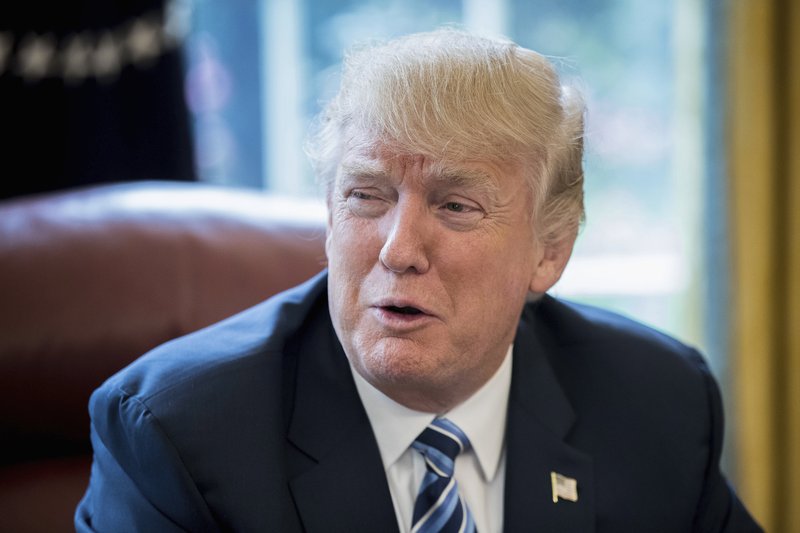WASHINGTON — President Donald Trump on Tuesday sent Congress a $4.1 trillion spending plan that relies on faster economic growth and steep cuts to programs for the poor in a bid to balance the government's books over the next decade.
The proposed 2018 budget immediately came under attack by Democrats, and even some GOP allies declared it dead on arrival. The proposal is laced with cuts to domestic agencies, food stamps, Medicaid, highway funding and medical research.
"It'll face a tough sled here," said veteran Rep. Harold Rogers, R-Ky. Asked about the effect on his constituents from reductions in such programs as food stamps, Rogers said, "These cuts that are being proposed are draconian. They're not mere shavings, they're deep, deep cuts."
The Senate's No. 2 Republican, John Cornyn of Texas, said the Trump plan joins a tradition of White House budgets that are "basically dead on arrival."
The proposal projects that this year's deficit will rise to $603 billion, up from the actual deficit of $585 billion last year. But the document says if Trump's initiatives are adopted the deficit will start declining and actually reach a small surplus of $16 billion in 2027. However, that goal depends on growth projections that most economists view as overly optimistic and a variety of accounting gimmicks, including an almost $600 billion peace dividend from winding down overseas military operations.
The government hasn't run a surplus since 2001, and deficits spiked during former president Barack Obama's first term in the aftermath of the latest recession.
During the campaign, Trump attacked the weak economic growth of the Obama years and pledged that his economic program would boost growth from the lackluster 2 percent rates seen since the recovery began in mid-2009. Trump's new budget is based on sustained growth above 3 percent, sharply higher than the expectations of most private economists. Without more than $2 trillion in such "economic feedback" over the coming decade, the budget would never reach balance and would run a deficit of almost $500 billion when Trump promises balance.
"The president believes that we must restore the greatness of our nation and reject the failed status quo that has left the American dream out of reach for too many families," the administration said in its budget, which was titled, "The New Foundation for American Greatness."
According to budget tables released by the administration, Trump's plan cuts almost $3.6 trillion from an array of benefit programs, domestic agencies and war spending over the coming decade — an almost 8 percent cut — including repealing and replacing Obama's health law, cutting Medicaid, eliminating student loan subsidies, sharply slashing food stamps, and cutting $95 billion in highway formula funding for the states.
Read Wednesday's Arkansas Democrat-Gazette for full details.
